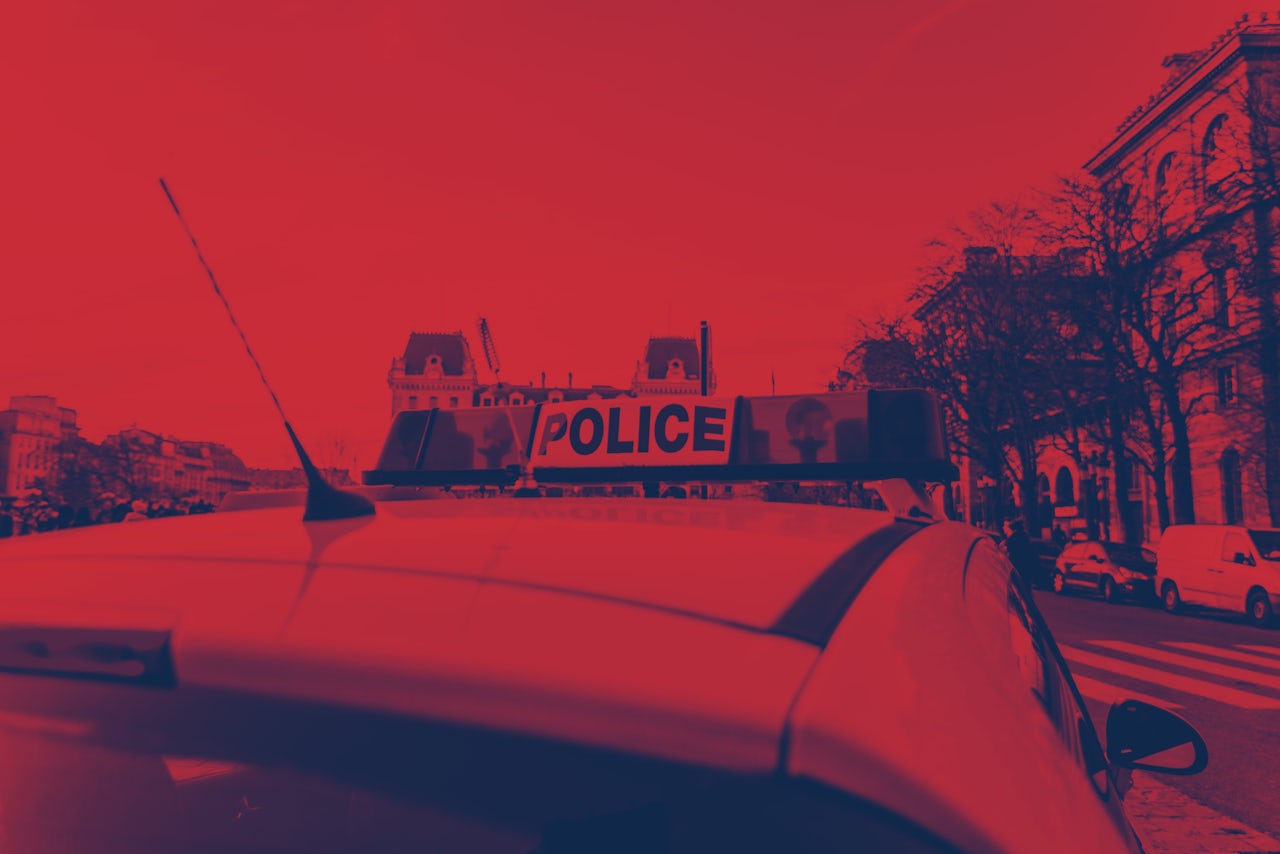Can the NYPD read your texts, listen to your calls, drain your phone battery, and otherwise spy on you using military-grade technology?
It might surprise you to learn that the department has quietly acquired the tools to look inside phones, which it used more than 1,000 times. Privacy advocates have been trying to learn more about the program for years, but the agency has resisted, saying it’s not required to disclose which tools it has or when they’re used.
New legislation could change that and potentially set a broader precedent for surveillance oversight at the local level. Last week, city council members Daniel Garodnick and Vanessa Gibson introduced the Public Oversight of Surveillance Technology (POST) Act, which would require the NYPD to disclose all of the high-tech surveillance tools that it uses, along with how it shares and protects the information that it gathers. Similar bills have passed in Seattle and Santa Clara, California, but New York would be the highest-profile city to take on the issue — and as the jurisdiction that suffered the deadliest terrorist attack ever on U.S. soil, it carries some authority on surveillance issues.
“Because of New York’s unique risks, if we can pass this legislation, it will make it harder for other cities to not pass it,” Rashida Richardson, legislative council for the New York Civil Liberties Union, told The Outline, adding that by her most recent count, 17 other localities are working on similar legislation.
The most well-known of the tools utilized by the NYPD and police departments across the country are called ISMI catchers, commonly known as Stingrays. These devices mimic cell phone towers, tricking phones into interacting with them in order to track a target’s location and pull data from their phone. But Stingrays operate with a wide enough range — one to two city blocks, according to the NYCLU — that even if the target is just one person, grabbing data from those who happen to be nearby is inevitable. In theory, this would make Stingrays particularly effective in spying on participants in protests, religious gatherings, and other meetings.
“Another consequence is, because the Stingray is forcing phones in its area to constantly connect and send its information, it can have a draining effect on the battery of those phones — so in demonstrations, you can see battery drain, which can be problematic,” Richardson said.
The most advanced Stingrays can actually read text messages and listen to phone calls. It is unclear whether the NYPD can or does use those features, because the department does not publicly discuss its Stingray use.
“We don’t know, because they refuse to reveal it,” said Richardson. “A lot of what they do, we don’t fully understand because of the lack of information.”
The NYPD’s Stingray use is only known at all because of a 2016 NYCLU report that was the result of a Freedom of Information Law request. The report revealed that “the NYPD … used Stingrays nearly 1,016 times between 2008 and May of 2015 without a written policy and following a practice of obtaining only lower-level court orders rather than warrants.” In total, the ACLU has identified 71 agencies in 24 states and the District of Columbia that use Stringrays.
The NYPD does not limit its surveillance to Stingrays. According to information provided by Garodnick’s office and the NYCLU, the department has also quietly acquired and put into use:
- Military-grade X-ray vans, which use radiation to see through walls and into vehicles.
- Automatic license plate readers on public roads and patrol cars, which can track and predict an individual’s location.
- ShotSpotter, a gunshot detection system that has microphones sensitive enough to record nearby conversations.
- The city’s Domain Awareness System, which integrates data from thousands of security cameras.
- E-ZPass readers and MetroCard swipes to track New Yorkers’ travels.
Garodnick, who represents Manhattan’s 4th district, which includes the Upper East Side, Midtown East, and Stuyvesant Town, said he became interested in the issue about a year ago, when he learned about it from the NYCLU and other transparency advocates.
“It was clear that I was in the dark about what technologies the NYPD was buying, and certainly how they were being used,” Garodnick told The Outline. “The key point is that civilians are in charge of the police force, not the reverse. And these surveillance technologies are too frequently not only used in secret, but they are being acquired in secret. So that caught my attention.”
Surveillance is creeping in at all levels of government as military technology filters down to local jurisdictions. It’s no longer just the NSA doing domestic surveillance. Local police agencies are exploring the use of hacking tools that would install spyware on suspects’ computers, and in April, Buzzfeed reported that the FBI told local agencies it would help them break into suspects’ iPhones. Privacy advocates are therefore looking to establish rules and oversight at the local level.
When he and Gibson introduced the POST Act last week, pushback from the NYPD was swift. “We oppose it strongly. We think it’s a very bad idea,” deputy commissioner for legal matters Larry Byrne told reporters last week. “It would require us to disclose all sorts of confidential information about how these lawful surveillance techniques work.”
“We’re ready to have a serious conversation about this bill, because we understand the need to balance law enforcement’s interests with the interests of privacy and accountability,” Garodnick said. “We carefully crafted the bill so that it doesn’t require the police department to disclose operational details, and we don’t impact the ability of the police to use the technology.”
Garodnick and Richardson are cautiously optimistic about the bill’s chances of becoming law. The next step is a hearing, which will be scheduled in the near future.
“New York City ... should be a leader on these issues, and we certainly hope that this will push that conversation further,” Garodnick said.

